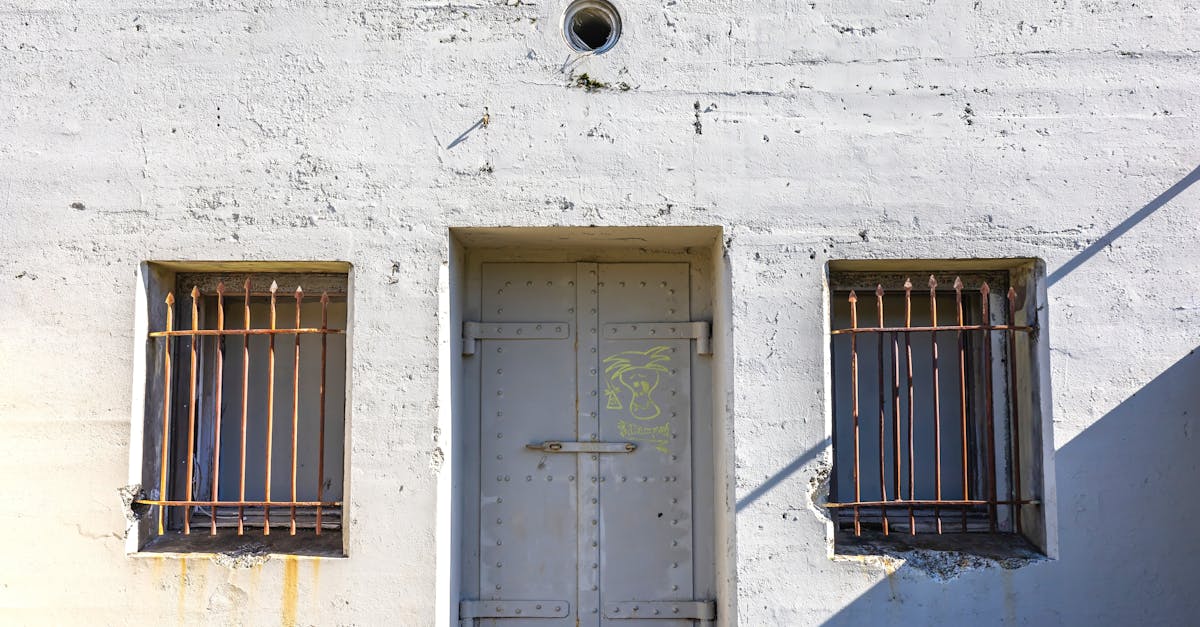
Table Of Contents
Removing the Old Faucet
Removing an old faucet is a crucial step in the process of faucet installation and repair. Begin by shutting off the water supply to avoid any unexpected spills. This can usually be done via the shut-off valves located under the sink. Once the water supply is turned off, it's advisable to open the tap to relieve any remaining pressure and let any trapped water drain out.
Next, assess the mounting hardware securing the faucet in place. Depending on the age and type of the faucet, you may encounter nuts, bolts, or clips. A basin wrench can be extremely useful for reaching those hard-to-access areas. Carefully unscrew or detach each component, taking your time to avoid damaging the sink or surrounding plumbing. If the faucet is particularly stubborn, consider applying some penetrating oil to loosen any rust or grime that may have built up.
A StepbyStep Guide to Unscrewing
Begin by turning off the water supply to the faucet. Locate the shut-off valves under the sink and turn them clockwise until fully closed. It may be helpful to place a bucket or a towel underneath to catch any residual water. Next, disconnect the water supply lines. Use an adjustable wrench, taking care not to damage the fittings. Once the water lines are removed, proceed to unscrew the mounting nuts that hold the faucet in place. These are usually located underneath the sink. A basin wrench can be particularly useful in this tight space.
After removing the mounting nuts, carefully lift the old faucet out. Keep an eye on any remaining washers or gaskets that may have adhered to the sink surface. It's essential to ensure these are removed for a proper fit of the new faucet. While you're at it, inspect the surrounding area for any old caulking, as a clean surface will aid in effective faucet installation and repair. With everything cleared and ready, you can prepare to install your new faucet, ensuring all components are aligned for optimal performance.
Installing the New Faucet
Once you have chosen your new faucet, ensure you have the necessary tools at hand for the installation. Typically, you’ll need a basin wrench, adjustable pliers, and possibly some plumber’s tape. Start by placing the mounting gasket on the base of the faucet, ensuring it is aligned correctly. Carefully insert the faucet into the sink hole, keeping everything steady as you secure it in place. It’s crucial to follow the manufacturer's instructions closely during this phase to avoid any potential issues.
Next, tighten the securing nuts beneath the sink using the wrench. Be careful not to overtighten them, as this could damage the sink or the faucet. After securing the faucet, connect the water supply lines, ensuring you have the right fittings for a proper connection. Take care with these connections, as a good seal is essential to prevent leaks. Faucet installation and repair often require careful attention to these details to ensure lasting performance.
Key Techniques for Proper Installation
When undertaking faucet installation and repair, ensuring you have the right tools is essential for achieving a professional finish. Start by gathering items such as adjustable wrenches, basin wrenches, and plumber's tape. These tools help in tightening fittings and securing connections, reducing the risk of leaks later. It's also advisable to read the manufacturer's instructions carefully, as different models may have specific requirements that could affect the installation process.
Precision during the installation is vital. Align the faucet correctly with the sink’s mounting holes and make sure to use any necessary gasket or seal to prevent water from leaking into the cabinet beneath. Tighten the connections gradually, alternating between fittings to ensure even pressure. By approaching the installation with attention to detail, you can enhance the longevity and functionality of your new faucet.
Connecting the Water Supply Lines
Connecting the water supply lines is a critical step in the overall faucet installation and repair process. To begin, ensure that the rubber washers are placed inside the ends of the supply lines before attaching them to the new faucet. This ensures a tight seal, which is essential for preventing leaks. Align the supply lines with the corresponding inlet connections on the faucet, and hand-tighten the nuts to secure them in place.
Once secured, use a wrench to tighten the nuts further, but be cautious not to over-tighten, as this can damage the fittings. After installing the supply lines, turn the water supply back on and inspect for any leaks. Checking for leaks involves running the faucet and observing the connections closely. This step guarantees a secure installation and allows you to address any issues before finishing the installation.
How to Ensure a LeakFree Connection
Ensuring a leak-free connection during faucet installation and repair is crucial for preventing water damage and maintaining a functional plumbing system. Begin by applying plumber’s tape to the threaded ends of the water supply lines. This tape creates a watertight seal, reducing the risk of leaks when the fittings are tightened. Take care to wrap the tape neatly, covering the threads completely but avoiding excessive layering, which could hinder the connection.
Once the supply lines are threaded onto the new faucet, tighten them by hand first to ensure they are aligned correctly. Use a wrench for final tightening, but avoid overtightening, as this can strip the threads or damage the fittings. After everything is secured, turn the water supply back on and check for leaks. It’s advisable to allow the faucet to run for a few minutes while monitoring the connections closely for any signs of water seepage.
FAQS
Is it difficult to install a new faucet myself?
While it may seem challenging, many DIY enthusiasts find installing a new faucet manageable with some basic tools and guidance. Following a step-by-step guide can help simplify the process.
What tools will I need to install a new faucet?
Common tools required include an adjustable wrench, screwdriver, basin wrench, plumber's tape, and a bucket for any water that may spill during the process.
How long does it typically take to install a new faucet?
The installation process can take anywhere from 1 to 3 hours, depending on your experience level and the complexity of the faucet being installed.
Do I need to turn off the water supply before installing a new faucet?
Yes, it’s essential to turn off the water supply to avoid any leaks or water damage during the installation.
What should I do if I encounter a leak after installation?
If you notice a leak, first turn off the water supply. Check all connections to ensure they are tight and properly sealed. You may need to reapply plumber's tape or adjust the fittings as needed. If the problem persists, consider consulting a professional plumber.





























